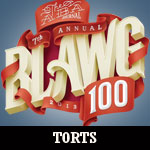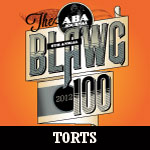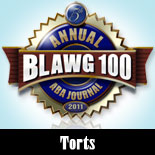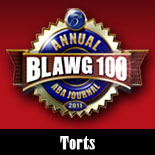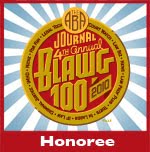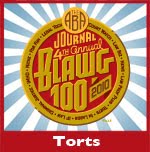
The Oklahoma Class 3A high school football playoffs continued last week with a match-up between the 10-3 Frederick A. Douglass Trojans of Oklahoma City and the 13-0 Locust Grove Pirates of Locust Grove. The stakes were high as the winning team would advance to the final four. The underdog Trojans scored a touchdown with one minute left in the game, but the referees took the touchdown away due to a sideline infraction by one of the Douglas coaches. Unfortunately, the referees got the call wrong, as Oklahoma City’s KOCO reports: “Oklahoma high school football rules say that touchdown should have counted and the penalty should have been enforced on the next play.”
Apparently, the Oklahoma Secondary School Activities Association (OSSAA) apologized to the school for the blown call, but the school was not satisfied:
. . . Douglass went to the Oklahoma Secondary School Activities Association (OSSAA), filing an appeal and asking that the final 1:04 to be replayed. The Association apologized and acknowledged that a mistake had been made in applying the rules. The sideline infraction was a “dead ball” foul, not a “live ball” foul. But by a vote of 8-3, the Association declined to intervene on the ground that “OSSAA Board Policy does not permit protesting an official’s errors to the Board, nor do [National Federation of State High School Association (NFHS)] football rules.”
The OSSAA appeal unsuccessful, the school filed a lawsuit in federal court “asking for temporary restraining order forbidding Locust Grove from advancing and playing its scheduled semi-final game[,] . . . for the final 1:04 of its game to be replayed with the score reset to 25-20 (and with a chance, presumably, to kick an extra point).” The school district argued:
. . . decisions of the OSSAA are subject to review under the Oklahoma Administrative Procedures Act (APA), and further that under APA substantial evidence must support an OSSAA decision. In light of the admission that the officiating crew had misunderstood the relevant rule, the District claimed that the OSSAA should have intervened in the result and ordered that the game be replayed with Douglass ahead and 1:04 left on the clock. The District cited the NFHS rules, which state that “State Associations may intercede in the event of unusual incidents that occur before, during or after the game officials’ jurisdiction has ended . . . .” NFHS Football Rules Book, Section 1, Article 8. The District argued that the OSSAA acted unreasonably in concluding that it could not overturn the results of the game.
The court did grant a temporary restraining order postponing the Locust Grove versus Heritage Hall semifinal pending the final ruling. It will hear arguments shortly.
For sports fans, this is an interesting case that could create a slippery slope. If this suit is successful, will teams have attorneys on the sideline to run to the courthouse in the event of an adverse ruling on the field? Will referees need E&O policies? Will we need court reporters at football games so that the record can be preserved for appeal?
We are not sure where this is going, but we will follow the story closely.
Side note:
A corollary to the main story played out as a result of a fan punching one of the officials after the game. Apparently, the team was originally placed on probation following the game as a result, presumably rendering the legal challenge moot. However, the OSSAA has now cleared Douglass for the playoffs if they win their legal challenge.





